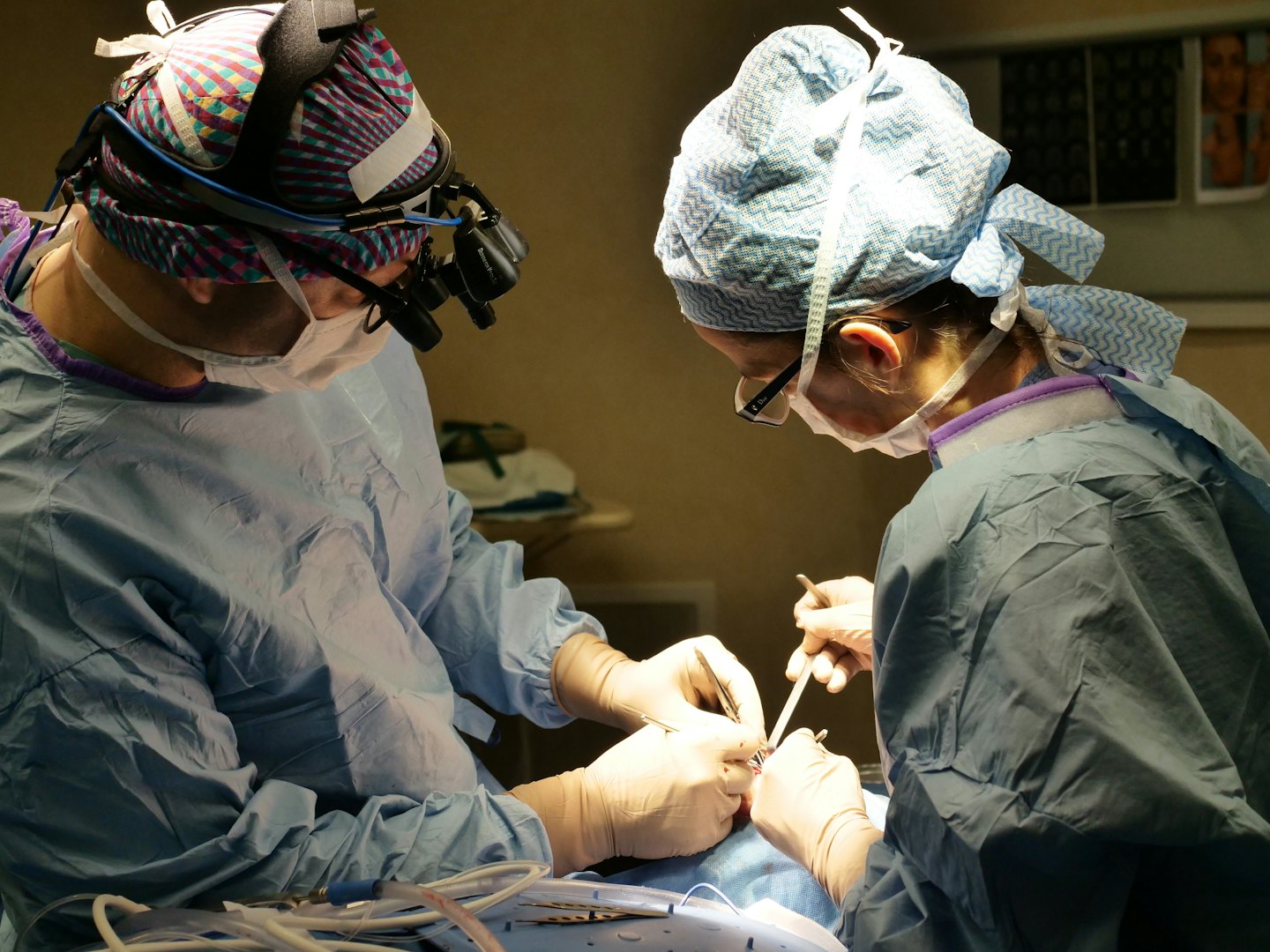Female Incontinence Evaluation at Southland Urology
Female incontinence is the involuntary leakage of urine, a very common condition that can range from a few drops to a complete loss of bladder control. While it affects women of all ages, it is particularly prevalent after childbirth and menopause. The good news is that female incontinence is highly treatable, and a variety of non-surgical and surgical options are available to help women regain confidence and improve their quality of life.

Advanced Treatments
Our expert surgeons use non-surgical and surgical management options for the various causes of female incontinence.

Personalized Plans
We tailor your care to your unique diagnosis for optimal health and recovery.

Comprehensive Diagnostics
Accurate testing and evaluation to pinpoint the cause of your female incontinence.
Understanding Female Incontinence Evaluation
Learn about our tailored approach to diagnosing and treating female incontinence with compassionate support every step of the way.
Initial Consultation and Diagnosis
Meet with our board-certified urologists to assess your condition through thorough exams and advanced diagnostic tests.
Personalized Treatment Planning
Work closely with our specialists to develop a treatment strategy that fits your specific issue and goals.
Ongoing Care and Support
Receive expert follow-up care, monitoring, and support to ensure the best possible outcomes throughout your recovery.
Understanding Female Incontinence
Female urinary incontinence is a prevalent and often distressing condition defined by the involuntary loss of urine. It is not a disease in itself, but rather a symptom of an underlying medical issue, often related to the muscles and nerves that control bladder function. The condition is more common in women due to anatomical differences and life events like pregnancy, childbirth, and menopause, which can weaken the pelvic floor muscles. Understanding the specific type of incontinence is the key to an effective treatment plan.
Types of Female Incontinence
There are several types of female incontinence, and a woman may experience more than one. Stress incontinence is the most common type and involves the leakage of urine when pressure is put on the bladder, such as during coughing, sneezing, laughing, or exercising. It is often caused by a weakened urinary sphincter and pelvic floor muscles. Urge incontinence, also known as overactive bladder (OAB), is characterized by a sudden, intense urge to urinate followed by an involuntary loss of urine. This is caused by an overactive bladder muscle. Mixed incontinence is a combination of both stress and urge incontinence. Other types include overflow incontinence, which results from an inability to fully empty the bladder, and functional incontinence, which is caused by a physical or mental impairment that prevents a person from reaching a toilet in time.
Causes and Risk Factors
The causes of female incontinence are varied. Pregnancy and childbirth can stretch and weaken the pelvic floor muscles and damage the nerves that control the bladder. Menopause can lead to incontinence as decreasing estrogen levels can thin the lining of the urethra. Other risk factors include obesity, smoking, a family history of incontinence, and certain medical conditions that cause nerve damage, such as diabetes, multiple sclerosis, or a stroke.
Diagnosis
A thorough diagnosis is essential to determine the correct course of treatment. A urologist will conduct a physical exam and a detailed review of the patient’s symptoms and medical history. Diagnostic tests may include a urinalysis to check for a urinary tract infection, a bladder diary to track urination patterns, and a physical exam to assess pelvic floor muscle strength. To get a more detailed picture, a urologist may perform urodynamic studies to measure bladder pressure and function or a cystoscopy to look inside the bladder for any structural issues.
Non-Surgical Treatment Options
For many women, non-surgical options are the first and most effective line of defense. Pelvic floor muscle exercises, often called Kegel exercises, are crucial for strengthening the muscles that support the bladder and can significantly improve symptoms of stress and urge incontinence. Lifestyle changes are also often recommended, such as reducing caffeine and alcohol intake, managing fluid consumption, and weight loss. Medications, such as those that relax the bladder muscle or use vaginal estrogen, can be prescribed for urge incontinence. For stress incontinence, devices like a vaginal pessary can be used to provide support to the urethra and bladder.
Surgical Treatment Options
When non-surgical treatments are not sufficient, or for more severe conditions, surgical options may be necessary. For stress urinary incontinence, procedures like a mid-urethral sling are a common and highly effective choice. A sling made of synthetic mesh or a woman’s own tissue is placed under the urethra to provide support and prevent leakage during physical activity. Other options include urethral bulking agents, which are injected into the urethra to help the sphincter close more tightly. For severe urge incontinence that has not responded to other treatments, procedures like sacral neuromodulation, which uses a small implanted device to regulate bladder nerves, or Botox injections into the bladder, can be very effective. For pelvic organ prolapse, which can be a contributing factor to incontinence, a surgeon can perform a procedure to lift and support the bladder or other organs.

Schedule Your Consultation Today
Take the first step toward personalized female incontinence evaluation with our expert team.
